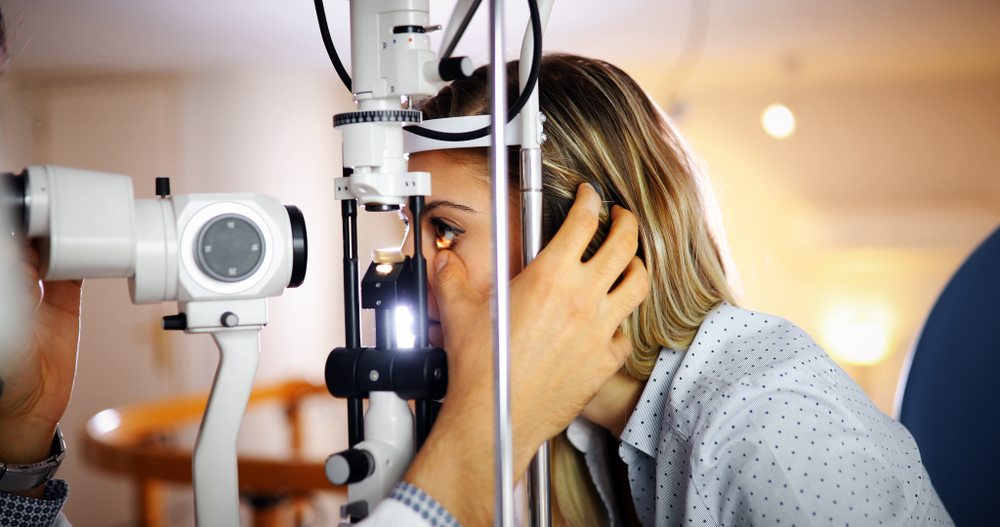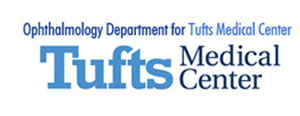Are you thinking about having LASIK? LASIK is a highly effective, low-risk procedure that can give you incredible vision and total freedom from contact lenses and glasses.
Over 95% of LASIK patients achieve 20/20 vision or better. Most people qualify for LASIK, which is around 85% of patients.
However, one of the things that can affect your LASIK candidacy is dry eyes. If you have dry eyes, you may not qualify for LASIK.
If you receive dry eye treatment, you may be able to have LASIK in the future. But dry eyes aren’t the only thing that goes into LASIK candidacy.
Keep reading to discover if dry eyes affect LASIK candidacy and how to treat dry eyes if you have them!
The Importance of a LASIK Consultation

Before you can have LASIK, you need to have a LASIK consultation. A LASIK consultation is more intensive than a routine eye exam.
It includes many of the same things, like assessing your visual acuity and making sure you don’t exhibit any signs of eye conditions. However, your LASIK consultation will include other things not looked at during a routine eye exam.
One of these things is assessing your tear quality. Samples of your tears are taken to evaluate your tear quality.
Your eye doctor will also examine how well your tears disperse over the surface of the eye. By doing this, your ophthalmologist will be able to see if you have healthy tears.
Healthy tears ensure that you can heal after LASIK and have enough tissue in the cornea to remove during LASIK. If tissue in the cornea is too thin, getting LASIK can become unsafe.
Removal of corneal tissue can also trigger issues with tear production, making already poor tear quality even worse. This can make healing from LASIK both uncomfortable and potentially unsafe, as it can lead to infection.
Dry Eyes and LASIK
You likely have dry eyes if your tear quality or dispersal isn’t adequate. You may also be more prone to developing dry eyes.
Issues with tear production often cause dry eyes. Your tears have three components: mucus, water, and oil.
If your eyes struggle to produce one of these components, it can affect how well your eyes are lubricated. For example, if you lack enough oil, your tears won’t have their protective lipid layer, so they evaporate too quickly on the surface of your eye.

Dry eyes often feel like they’re burning, itching, or like they have grit in them. Your symptoms may be mild enough that you don’t notice them, or they’re only triggered sometimes.
Dry eyes can be temporary and caused by easily corrected factors like dry air, improper contact lens use, and dehydration. But dry eyes can also be a chronic condition caused by another underlying issue.
This is called dry eye syndrome. Although it’s most common in older adults and women, anyone can develop it.
Dry eye syndrome is often linked with certain skin conditions, eye conditions, and hormonal changes, especially menopause. However, you can treat your dry eyes, whether temporary factors or dry eye syndrome is the cause.
If you have dry eye syndrome, you may require more extensive treatment. It may be effective enough to improve your tear quality to qualify for LASIK.
Dry Eye Treatment
If you have dry eyes, you may be able to have LASIK, but you’ll need to manage your dry eyes first. New England Eye Center offers several treatments for dry eyes that can significantly improve your symptoms. These treatments often begin with simple home remedies. These may include:
- Using a humidifier in your home or office
- Limiting screen time
- Drinking more water
- Taking omega-3 supplements
- Keeping your eyelids clean with a warm compress, lid wipes, or a lid scrub
These lifestyle changes can often alleviate dry eye symptoms. But when they aren’t enough, we also offer professional treatments, which include:
- Prescription eye drops
- Optima IPL, a non-invasive therapy that uses gentle light and heat to treat inflammation associated with dry eyes
- Punctal plugs, which are inserted into your tear ducts to force tears to stay on the surface of your eyes longer
One of these treatments or a combination may help improve your dry eyes and symptoms enough to qualify for LASIK. However, there is no guarantee.
A LASIK alternative may be a better fit if you still don’t qualify for LASIK after treating your dry eyes.
LASIK Alternatives

If you don’t qualify for LASIK because your tear quality is still insufficient after dry eye treatment, you may want to consider the EVO ICL. The EVO ICL is a procedure that treats nearsightedness and astigmatism with similar outcomes to LASIK.
The EVO ICL implants an additive lens inside your eye and is removable and reversible. It’s also less invasive than a laser eye procedure like LASIK.
Because it’s less invasive, it’s safer for patients prone to dry eyes. Before having any eye procedure, you should have your dry eyes treated.
Untreated dry eyes can lead to serious problems with your eyes. If you’re evaluated for LASIK only to learn you have dry eyes, you owe it to yourself to undergo treatment even if you don’t plan on getting LASIK.
Dry eye treatment can make your eyes healthier and more comfortable. If you’re tired of dry eyes, take the next step by requesting an appointment at New England Eye Center in Boston, MA!
Isn’t it time to get the relief you deserve from dry eye symptoms?




